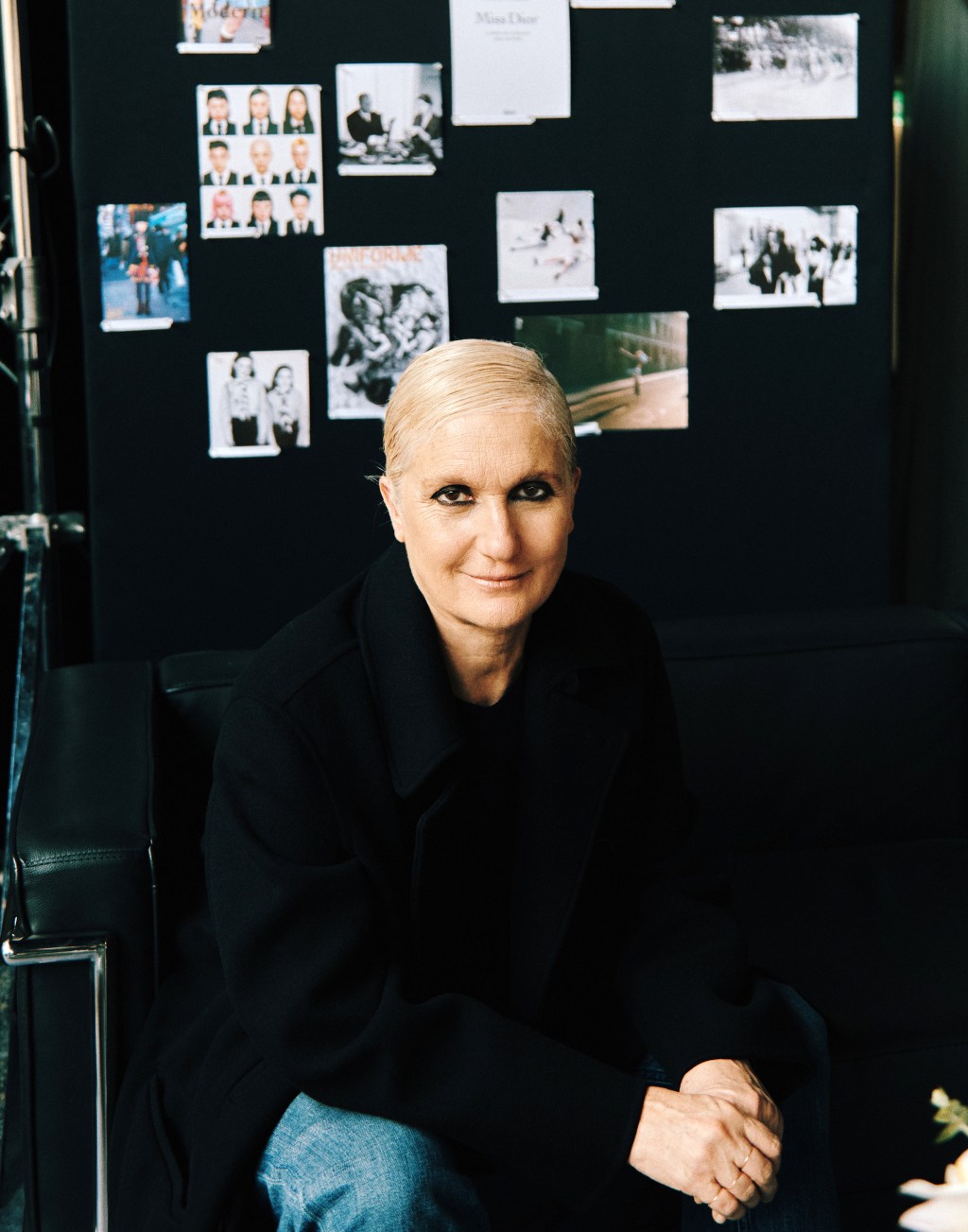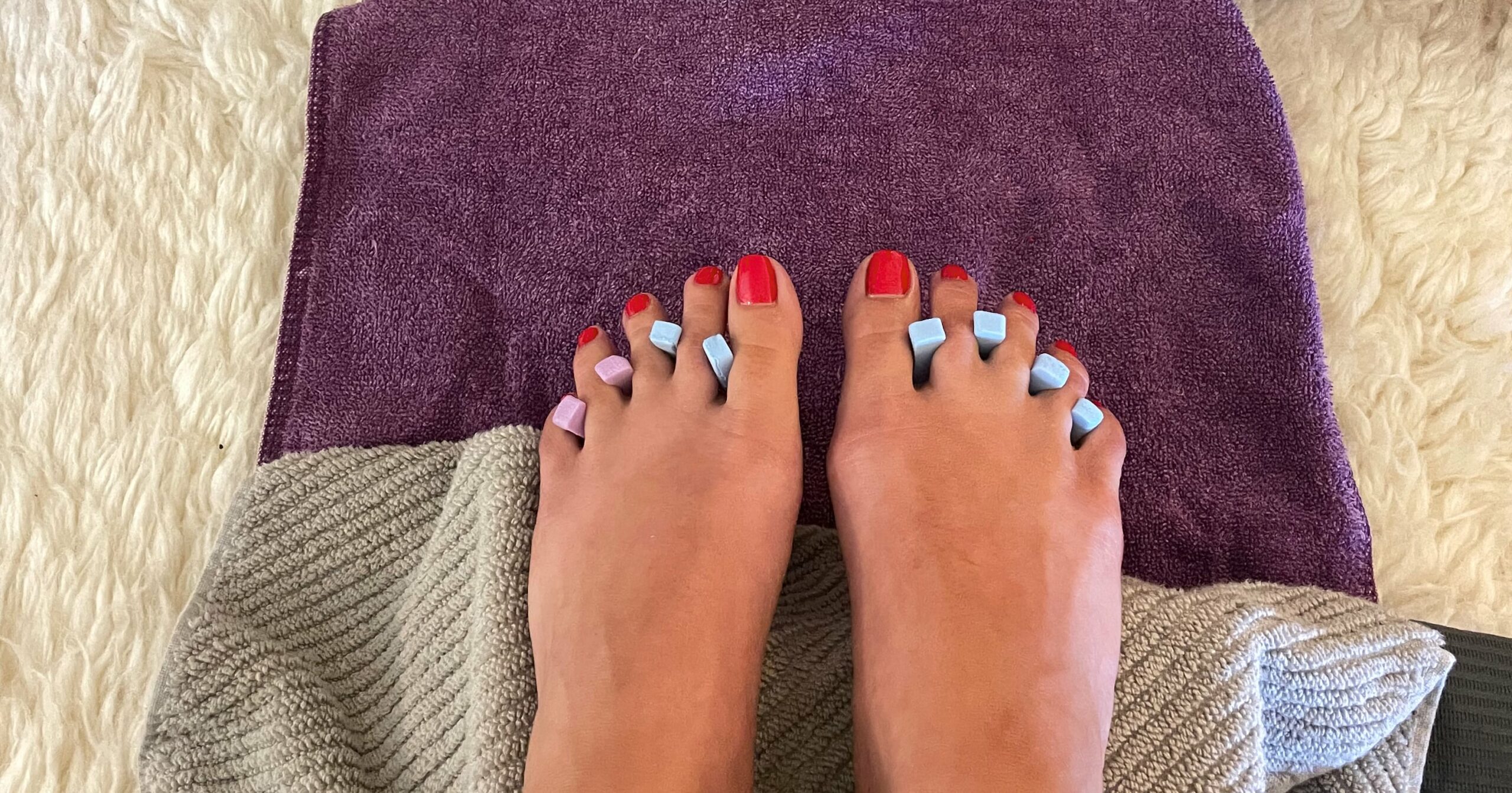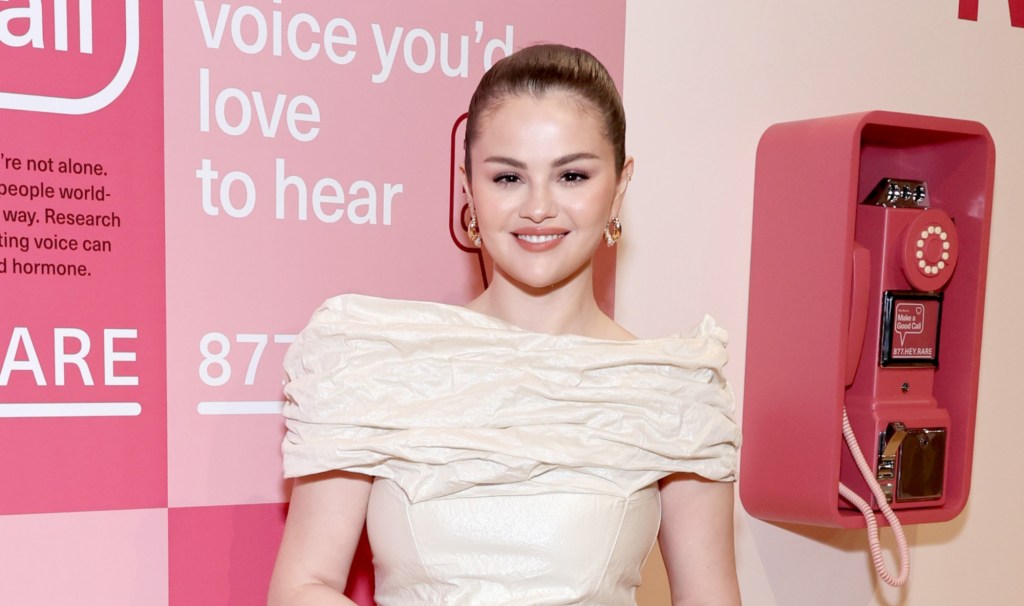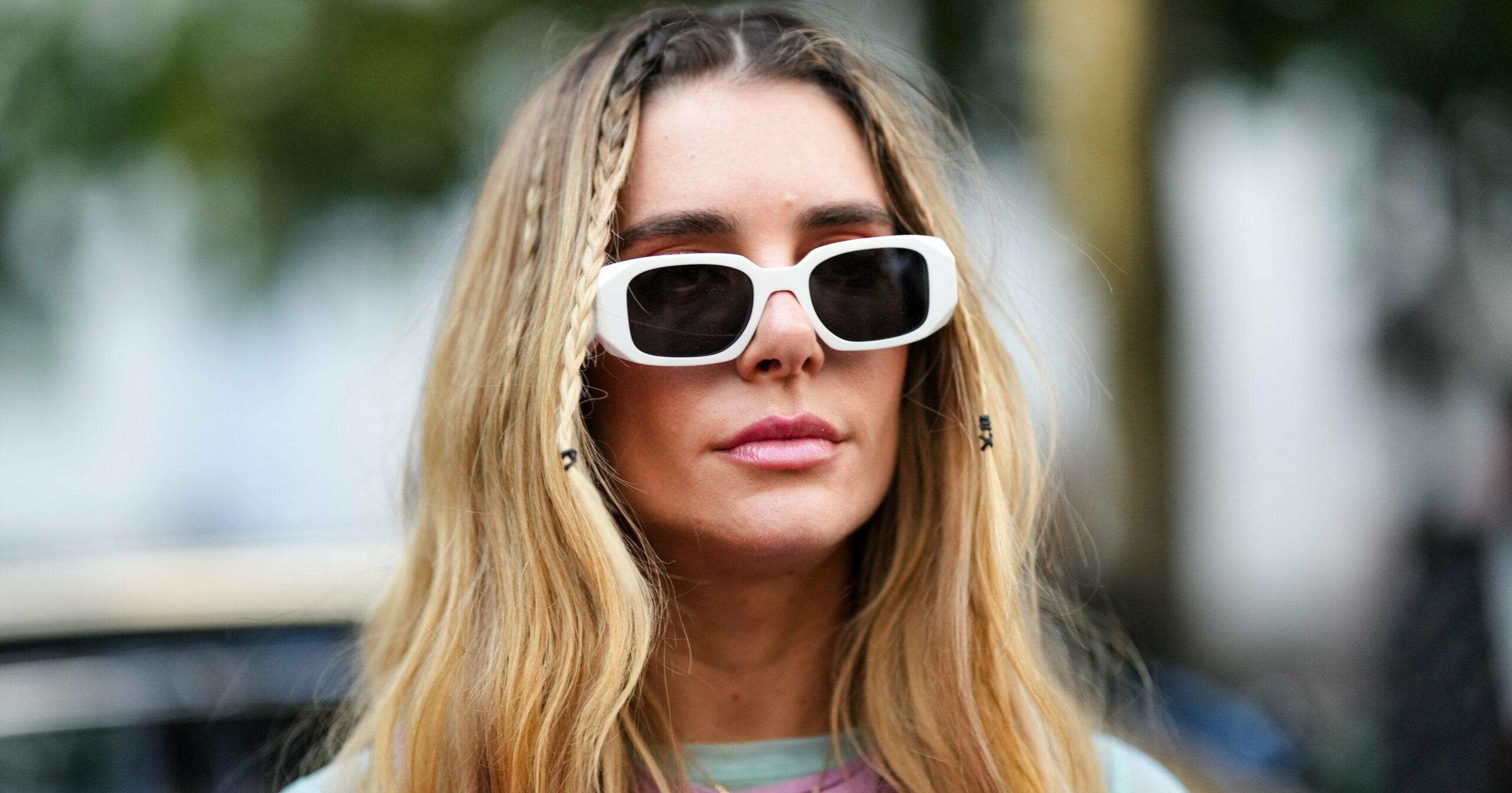Women may be striding into the C-suites, executive committees and boardrooms of the big luxury groups but moving into that other C-suite, as creative director of a multibillion-euro or -dollar fashion house, is proving trickier.
While the overall numbers at the luxury groups are improving, the big jobs are on the management, marketing or communications side, rather than the creative one.
Diversity and equality advocates, recruiters and the designers themselves say the reasons behind the traditional imbalance are many. They point to patriarchal business structures; bias against women and in favor of the status quo; maternity leave and motherhood; marriage, and a host of other issues preventing women from reaching the top.
At Kering, women account for 64 percent of the group’s total head count; 58 percent of managers; 42 percent of the executive committee, and 50 percent of the board of directors.
Kering argues that it’s “well ahead” of other top publicly quoted companies in France in terms of gender equal leadership, and part of its 2025 vision is to reach gender balance and end the gender pay gap, at every level of the group.
Over the summer, the group promoted Francesca Bellettini to the role of deputy chief executive officer in charge of brand development, and she continues as president and CEO of Yves Saint Laurent.
LVMH Moët Hennessy Louis Vuitton also has some ambitious goals when it comes to female employees. The company is aiming to have 50 percent of women in key group positions, and pay equity, by 2025.
Delphine Arnault is CEO of Dior; Chantal Gaemperle is group executive vice president of human resources and synergies, and Stella McCartney is a special adviser on sustainability. LVMH has also taken stakes in Stella McCartney’s and Phoebe Philo’s stand-alone businesses.
At Compagnie Financière Richemont, 57 percent of the workforce and 40 percent of the senior executive committee are women. The company said it promotes “equal opportunities for women and men across all levels of our organization.”
Yet the top creative director roles at all three of the leading luxury groups remain male-dominated.
In October, Kering replaced Sarah Burton, Alexander McQueen’s longtime creative director and the group’s only female creative leading a fashion house, with Sean McGirr.
His appointment means there’s now a full house of men at Kering designing clothing and accessories primarily meant for, and purchased by, women.

A few weeks ago, Richemont named Chemena Kamali to succeed Gabriela Hearst at Chloé although, as a female creative director, she’s in the minority at the group.
At LVMH, there’s Maria Grazia Chiuri who sits at the creative helm of Dior’s women’s collections, Camille Miceli heading Pucci and Silvia Venturini Fendi, who serves as accessories and menswear artistic director. But the rest of the lead creatives at the world’s largest luxury group are men.
By contrast, single brand giants such as Chanel and Hermès are strongly focused on female leadership.
Chanel is run by CEO Leena Nair, while the creative head is Virginie Viard, who succeeded the late Karl Lagerfeld. At Hermès, the creative studios are also female, with Nadège Vanhee-Cybulski running womenswear and Véronique Nichanian serving as creative director of Hermès menswear for more than 30 years.
Vanessa Belleau, the founder of High Fifteen who works with companies across different industries, offering strategic consultancy on diversity and leadership topics, said it’s crucial to look at the bigger picture.
Asked to comment on Burton’s departure and the new all-male creative stable at Kering, she responded: “Why was one white woman enough for us in the first place?”
True, there was never any uproar about Burton being the single female outlier in the stable. It was only her departure, and the appointment of McGirr, that sparked a reaction.
Belleau believes “now is the time to really go deep, and ask ourselves the right questions to come up with better suggestions and solutions. If we had more intersectional representation, more parity” with regard to race, gender, sexual orientation and more identity characteristics, “we’d reap the rewards.”
Despite companies’ moves to build a more diverse workforce, many of the top creative jobs remain out of women’s reach, and they’re still finding it difficult to break through the toile ceiling.
My ankles look a certain way in the morning and they look different at night and, you know, our body changes.”
The patriarchy is alive, and thriving
Chiuri sees strong parallels between the fashion industry and the art world. In both sectors, there is still the idea that men have a monopoly on creative genius, she says.
“The men create pieces of art; the women can create babies. This is a very patriarchal idea,” she said. Because of this, she believes women designers are not given enough credit for their skill.
“Immediately, if you are a woman, they think that you have to create a dress for yourself, or you are a better creative only because you know what it means to have a female body. It’s full, full, full of stereotypical ideas. It’s very hard and honestly, it doesn’t come only from men. Women, too, create their limits because a lot of women believe in it, too,” she added.
Hearst, whose fall collection for Chloé was all about women’s empowerment, agreed the idea is comically entrenched, with women designers often judged on the basis of their physical appearance.
“I always find it kind of ridiculous when people say to me, ‘You’re tall so you make clothes for tall people.’ I’m like, OK, so I set up a business with employees to just make clothes for tall people? You hear the most absurd things,” she said. “You have to, at the end of the day, prove yourself with your work and your numbers on the product and your sell-throughs. With regard to criticism, unfortunately, one has to have a thick skin.”
At the same time, she thinks being a female designer does make her more sensitive to women’s needs, an asset that the industry should value.

“I love being a women’s designer because I know a woman’s body. I know what water retention looks like. My ankles look a certain way in the morning and they look different at night and, you know, our body changes. And there’s a lot of very logical and successful qualities that women can have as creative directors, so I don’t know why it wouldn’t be the case of having more of our gender,” she said.
Clare Waight Keller, who has served as creative director for brands including Givenchy and Chloé, believes the challenges for women start at the top.
Traditionally, the management has been men, she said, so it’s no surprise the creative side is dominated by men, too, as they are the ones doing the hiring.
In Europe, in particular, she added, there are very few women CEOs in fashion or beauty. “Beauty is the one that stuns me the most — we’re talking about women’s faces. I find it extraordinary that the business is dominated by men.”
It’s particularly puzzling as the fashion industry was led by creative women entrepreneurs a century ago, with the likes of Gabrielle Chanel, Jeanne Lanvin, Madame Grès and Elsa Schiaparelli driving the Paris industry.
Waight Keller added that over the decades, women designers have found a way to subvert the system.
“Unfortunately, most women do have to start their own businesses to put their point of view across, and they don’t have the opportunity to do it with a big brand. That’s why you see so many independent women designers. Miuccia Prada, Jil Sander, Donna Karan, Diane von Furstenberg all had to start their own businesses. The list is endless of women designer-entrepreneurs,” she said.
Milan-based Jezabelle Cormio, who launched her eponymous label in 2016, is one of them.

At Cormio’s latest show there was no music, only different voiceovers lampooning traditional female stereotypes and highlighting some stats about Italy, including this: More than 70 percent of the fashion workforce is made up of women, but they hold fewer than 25 percent of leadership positions at the industry’s top companies.
The designer said she founded her own label because she didn’t want “to lose touch with my inner voice. I wanted to do this by myself, to speak my mind.”
Cormio, who’s in her early 30s, is also wise to the ingrained biases against women in the industry, another reason for choosing to be her own boss. “What’s viewed as a strength in a man is viewed as a defect in a woman,” she said, adding that “it’s easier to project genius on a man. It makes people feel good.”
Bias is entrenched in fashion hiring
Emma Davidson, managing director of the London-based agency Denza, which specializes in international fashion recruitment, said she knows of only one company, Marks & Spencer, that has a blind application process for creative roles.
“They ask us to present CVs of potential candidates with the names removed and want everyone referred to as ‘they,’” said Davidson, adding the gender reveal takes place only during the interview round. “They are anti-bias. I don’t know why more companies don’t work this way.”
Davidson added that, for most companies that she works with, hiring tends to be an opaque process. “At the end of the day, they choose who they want to hire and they end up picking people who are similar to them,” she said.
Belleau of Highfifteen would agree. “We all promote what is very familiar to us. Yet, different and unfamiliar solutions are now needed. It will take courage, commitment and curiosity to do this as it will push us all to operate outside our comfort zone.”
I think women, not just in the fashion industry but in society in general, are still facing the complex ripple down effects of patriarchal models.”
Jean Vigneron
According to Belleau, those doing the hiring think, consciously or subconsciously: “‘I understand the codes of success, and success is defined by a certain kind of person. I want to conform to the way they do things, without thinking about the repercussions of such behavior.’”
After all, given the billions of dollars on the line every season, why would anyone want to take a chance on an unconventional or unfamiliar candidate, and disrupt the status quo?
Yet Belleau believes attitudes can be changed. “I think there are a lot of biases that we must work on at an individual level, because when we blame it on the ‘system,’ it means there is little we think we can do ourselves. This belief is not conducive to the future of any industry,” she said.
Hearst believes that while there is no “ill intention,” on anyone’s part, the prejudice is real. “There is something maybe subconsciously that makes a man more comfortable to have a business conversation with another male face in front than a female face,” she said.
She suggested the fashion industry follows the lead of finance in addressing that imbalance. “I think that it has to be a conscious decision. If a female creative director leaves a great job, there should be an effort there to really say, ‘OK, we need to replace this person with another female,’” she argued.
Jean Vigneron, a consultant specialized in the creative industries at leadership advisory and executive search company Egon Zehnder, said creative appointments in the fashion industry often function in cycles. After a period of high-profile appointments of female designers, the pendulum has swung toward men again.
“It’s not a conscious demand on the part of our clients, but I think women, not just in the fashion industry but in society in general, are still facing the complex ripple down effects of patriarchal models,” he said.
Vigneron believes companies need to address systemic imbalances in the design studio in the same way they have tackled them in the boardroom.
“In some countries, the impulse has come from the government, in others, from society, and companies reacted by consciously deciding to put more women in the room. In the beginning, it was a forced process, and now it has become par for the course. I think the design studio is so much more organic and emotional that it’s happening less naturally,” Vigneron said.
Bias also lives in the design studio, online, and in the C-suite
Even when women designers are delivering, they still run up against bias and stereotyping.
Chiuri said that since she started at Dior in 2016, “there was this idea that I was not close enough to the history of the house.” She said people have also accused her of making “comfortable” clothing that prioritizes commerce and practicality over art.
During a preview for her spring 2024 collection, which featured an immersive video installation by the Italian artist Elena Bellantoni that subverted advertising imagery to challenge the male gaze, Chiuri said she wanted her customers to be comfortable “because I don’t understand why we have to be uncomfortable.”
By contrast, if a male designer’s collection is commercial, it’s because “he understands what women want” and is capturing the zeitgeist, Chiuri added.
Waight Keller has faced a similar sort of criticism for her collections.
“It baffles me why [so many extraordinary women designers] are considered only commercial. It’s just not relevant. I’ve done incredible couture shows, but with my ready-to-wear I choose to be real, to approach the real woman who I connect to. And I feel strongly for that connection.
“Just because we present one idea doesn’t mean we can’t do the other idea. You can make an amazing statement piece, but ultimately not a lot of people wear it. And that’s the real dichotomy for me. [Certain designs] are just overlooked because they don’t seem powerful, interesting or directional enough — but they can be. There’s just more of a subtlety to them,” she said.
There is no doubt that once a woman finds a designer whose clothing makes her feel good, she remains loyal.
“Why do you think women were gleefully waiting for Phoebe Philo’s launch?” asked Tamara Cincik, the founder of Fashion Roundtable and a professor of fashion and sustainability at Bath Spa University in England. “We want women to dress us.”
She said that women design from “lived experience” rather than a “voyeuristic” point of view and, like many people interviewed for this story, wonders why the business of dressing women is one that’s still run by men.
She recalled, from her days working as a stylist and editor, walking through collections and asking the male designer questions like: Who is this woman? Where is she going to wear the clothes? Why does she need these pieces?
“Quite often,” she said. “They didn’t know how to answer the questions.”
My father was on a five-month paternity leave in 1987. To me, it is surprising that 35 years later society is not more equal…”
Anna Lundback Dyhr
All in the family
Motherhood, and family life, are also barriers that women designers face on their way to the top. Indeed, some female designers tend to leave the workforce, or take a break, just as their careers are revving up.
“You get this sort of break around the early 30s, when women go off and have a family, or take time off so they can be slightly more flexible. I have always supported flexible working, and certainly during my years, particularly at Chloé and Givenchy. I wanted to make it work,” Waight Keller said.
“But that’s not always the case at companies,” added Waight Keller, who believes that taking time off to have children, or care for them, can be a barrier to women moving up the ladder.
Waight Keller, who has three children, didn’t take any big breaks and admitted it was a challenge to be a full-time creative director and mother.
“I played the game. I told the companies: ‘I’ll give up my time, and do whatever I need to do to be here. I will see my kids on the weekend.’ You basically have to rationalize your work and your life into two different compartments. You can’t do both,” said Waight Keller, adding that her husband and children have always been supportive of her, and her choices.

Anna Lundback Dyhr, co-creative director at Joseph, has found another solution to the challenges of being a mother and a creative director. When she was in line for a promotion at Joseph, she pitched an idea to the company’s female CEO, Barbara Campos, of bringing her husband, Frederick Dyhr, into the role of codesigner.
For Lundback Dyhr, leadership has always been about cooperation and finding a way forward.
“We need to support women both in terms of facilitating maternity leave, and finding a more equal approach to paternity leave, flexible working and promoting equal opportunities at all levels in the business. As a female creative director and a mother, I am aiming to be a role model, and I want to bring women up with me by nourishing and challenging them,” she said.
“I also feel fortunate that at Joseph we have a predominantly female leadership team, so I’m surrounded by strong, capable women,” she added.
Lundback Dyhr said it’s natural for her to be sharing a role with her husband.
“We support each other. We work together as a team on household tasks, child care and in our professional roles. We draw on each other’s different strengths in dividing the professional tasks as opposed to gender bias.
“As Scandinavians we both grew up in equal families. My father was on a five-month paternity leave in 1987. To me, it is surprising that 35 years later society is not more equal, and still today [that length of paternity leave] would be unusual in many countries,” she said.
Fashion could learn a few things from the art world
Curators at the Metropolitan Museum of Art’s Costume Institute have clearly been thinking a lot about the trajectory of creative women in fashion. Its fall exhibition will be called “Women Dressing Women,” and aims to highlight the creativity and artistic legacy of women designers.
The show, which opens on Dec. 7, will “trace a lineage of influential women-led fashion houses from the 20th century to the present, highlighting the pioneering designers who led them,” including Hearst; Prada; Rei Kawakubo for Comme des Garçons; Adèle Henriette Nigrin Fortuny; Ann Lowe; Claire McCardell; Pia Davis and Autumn Randolph for No Sesso; Madeleine Vionnet, and Vivienne Westwood.
Max Hollein, The Met’s CEO, said he wants the show to “inspire a renewed appreciation for the countless women whose contributions were, and continue to be, the lifeblood of the global fashion industry we see today.”
The wider world of art is also taking a fresh look at 20th- and 21st-century female creatives.
Galleries that took part in Frieze and Frieze Masters last month showcased a variety of works by female Abstract Expressionist artists such as Ethel Schwabacher, Anna-Eva Bergman and a host of 20th century female artists who had been previously “overlooked and undervalued” as recently as five years ago.

These were women whose work was eclipsed by their partner’s fame, or because they stopped work to raise families. Some were too busy promoting their husband’s careers, as the Abstract Expressionist painter Lee Krasner did with Jackson Pollock.
Bergman, for example, was one of the most famous artists after Edvard Munch in Norway, but she was the wife of the German French abstract painter Hans Hartung.
Arianne Piper, a London-based art adviser, said she believes the surge in interest in these artists is due partly to the fact that there are more female collectors and they’re connecting with the art on a visceral level.
“Women have started to work, they have their own income. Maybe they’re choosing not to confer with their partner about how they spend that money. They’re becoming collectors, and they’re looking for artists they can relate to,” she said.
She pointed to the works of Tracey Emin and Alice Neel, both of whom look at themes such as sex, aging and motherhood from a female point of view.
“Their work speaks to a female audience. A lot of [male] collectors from another generation may not have had the taste for it. Suddenly, these artists have a new audience,” Piper added.
— With contributions from Joelle Diderich (Paris)



